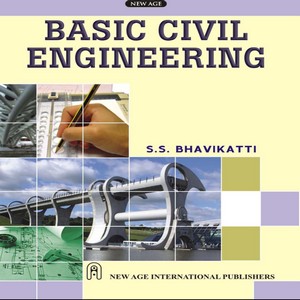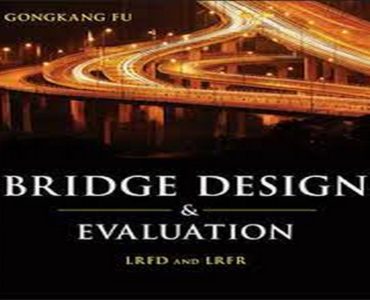Basic civil engineering
by S.S. Bhavikatti
All engineering students should know basic civil engineering since they need interaction with civil engineers in their routine works. Hence all-important aspects of civil engineering are taught as elements of civil engineering in all over the world. It covers entire syllabus on Basic Civil Engineering. The author has tried to make it students friendly by providing neat sketches and illustrations with practical problems, wherever necessary. Author hopes that students and faculty will receive this book whole-heartedly. Corrections, if any and suggestions for improvement are welcome.
Stones, bricks, cement, lime and timber are the traditional materials used for civil engineering constructions for several centuries. In this chapter types, properties, tests and uses of these materials is explained.
Mortar is an intimate mixture of binding material, fine aggregate and water. When water is added to the dry mixture of binding material and the inert material, binding material develops the property that binds not only the inert material but also the surrounding stones and bricks.
Plain concrete, commonly known as concrete, is an intimate mixture of binding material, fine aggregate, coarse aggregate and water. This can be easily moulded to desired shape and size before it looses plasticity and hardens. Plain concrete is strong in compression but very weak in tension.





Reviews
There are no reviews yet.